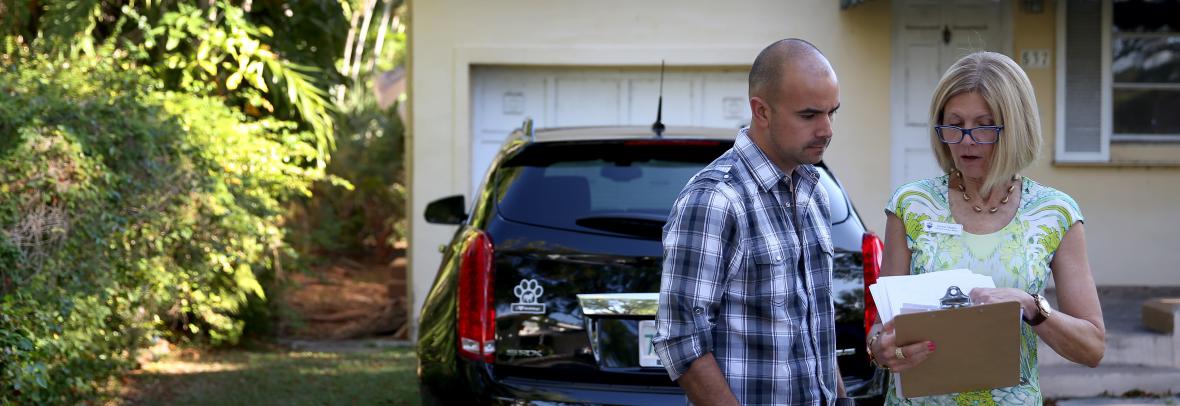Saving Strategies for Financial Goals


Saving can be challenging, but the rewards are worth it. Building a solid savings foundation is crucial, especially during times of economic uncertainty. With the unemployment rate climbing to 4.3% in August, the future may hold some financial turbulence.
So, how can you save more when money is tight? According to Bankrate’s Living Paycheck to Paycheck Survey, over a third (34%) of working Americans live paycheck to paycheck. Additionally, 59% of people feel uneasy about their emergency savings, as per Bankrate’s Emergency Savings Report.
If your savings aren’t where you’d like them to be, don’t worry. Simple changes to your routine can help you grow your bank balance.
Automate Your Savings Begin by getting a clear understanding of your financial situation. Automating your savings is an effective way to boost your savings without even thinking about it.
Automating your savings helps you avoid the temptation to spend money once it hits your checking account. Consider splitting your direct deposit, sending a portion directly into a savings account, or setting up a recurring transfer from your checking to your savings account. Whether you choose to deposit a percentage of your paycheck or a fixed amount, automating the process can help you stay on track.
Establish an Emergency Fund It’s wise to save three to six months' worth of living expenses in an emergency fund before you focus on other financial goals. This separate fund provides a financial safety net for unexpected expenses and helps you avoid dipping into your long-term savings.
With concerns about potential job market slowdowns, having a well-funded emergency account can protect you from relying on credit cards or payday loans during tough times. Judith Ward, vice president and senior financial planner at T. Rowe Price, suggests that households with a single income earner or those reliant on commissions might want to save even more due to job uncertainty.
Prioritize High-Interest Debt Debt can be a major barrier to reaching your financial goals. According to Bankrate’s Credit Card Debt Survey, 50% of credit cardholders carry debt from month to month. Tackling high-interest debt quickly is essential because the interest costs you money that could otherwise go toward savings.
The "avalanche method" is a popular strategy where you focus on paying off the highest-interest debt first. After clearing that balance, move on to the next highest interest rate debt. If you have multiple high-interest debts, debt consolidation can simplify the process by combining them into a single payment.
Save for Different Goals After establishing an emergency fund, categorize your next savings priorities into three buckets: short-term, medium-term, and long-term goals.
Use Multiple Savings Accounts Managing multiple savings accounts can help you stay organized and focused on your various financial goals. By separating your emergency fund from your vacation savings, for example, you can avoid accidentally spending money earmarked for one purpose on something else.
Multiple accounts also provide a clearer picture of your progress toward each goal, making it easier to track your savings.
Additional Ways to Save Money
These strategies can help you build a strong financial foundation, even in uncertain times.
Stay up to date on the latest real estate trends.

July 23, 2025

June 20, 2025

June 9, 2025

May 23, 2025

May 9, 2025

April 24, 2025
Luxury Market Continues to Grow: Q1 2025 Snapshot
You’ve got questions and we can’t wait to answer them.